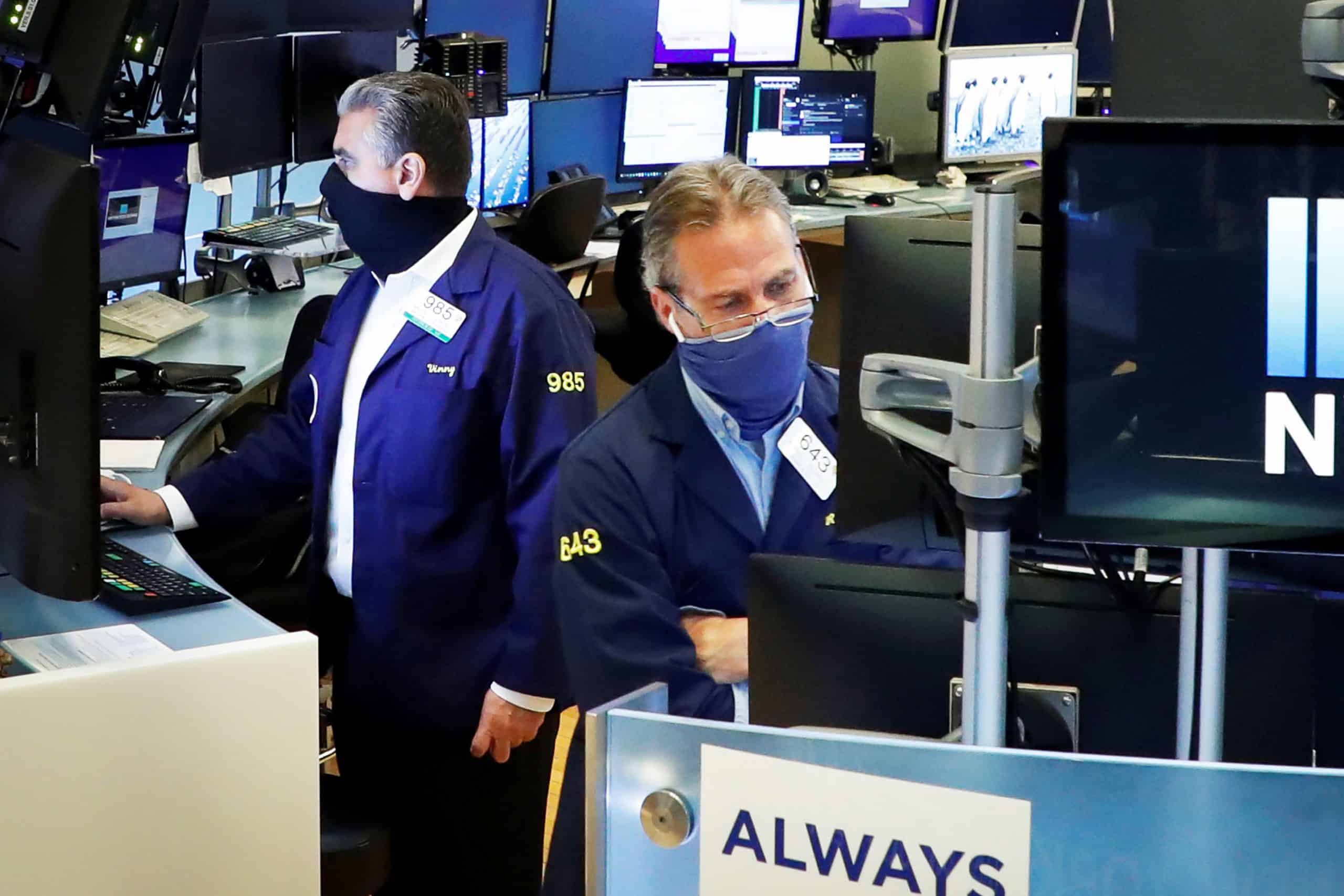With a little more than five weeks before Election Day, Allianz Global Investors’ Mona Mahajan speculates the worst of the correction is behind the market.
She believes true fear on Wall Street is absent, and the current level of uncertainty should limit sharp upside and downside moves.
“A lot of institutional investors buyers, especially, are perhaps waiting to see how the election results play out,” the firm’s senior U.S. investment strategist told CNBC’s “Trading Nation” on Thursday. “Really, the downside potential comes around the election period itself. If we get a contested election results, that period of uncertainty could weigh on markets.”
Since the Sept. 2 record high, the tech-heavy Nasdaq, which includes many of the popular pandemic stay-at-home names, has dropped 11%.
“Could we get another 5% to 10%, call it? Absolutely — especially given the nature of the rebound after March 23,” Mahajan said. “Keep in mind the Nasdaq had been up 75% from March 23 to September 2.”
Meanwhile, the broader S&P 500 is off 8% since its Sept. 2 all-time high.
“We view further consolidation as perhaps tactical opportunities as we get into 2021,” noted Mahajan, who estimates the S&P could temporarily fall another 5% to 7%.
Mahajan, who still advocates a barbell approach to stock picking, contends it’s a opportune time to consider a little bit more exposure into economically sensitive stocks.
“We’d be comfortable with starting to buy and add at these levels,” she said. “The expectations are for a 25% rebound in S&P earnings next year. That combined with low rates as committed by the Fed could be a good backdrop for risk assets broadly.”
Mahajan lists industrials as the underperformer that looks most favorable right now.
“We have this election cycle ongoing, and both parties have really committed to infrastructure reform in the next term,” said Mahajan. “The PMI and manufacturing data are also supportive of industrials.”
She would still avoid some of the tech high-flyers, particularly video conferencing stocks — unless a second coronavirus wave pushes states to roll back re-openings.
“If that starts to happen, that stay-at-home sector may come back into play,” Mahajan said.

